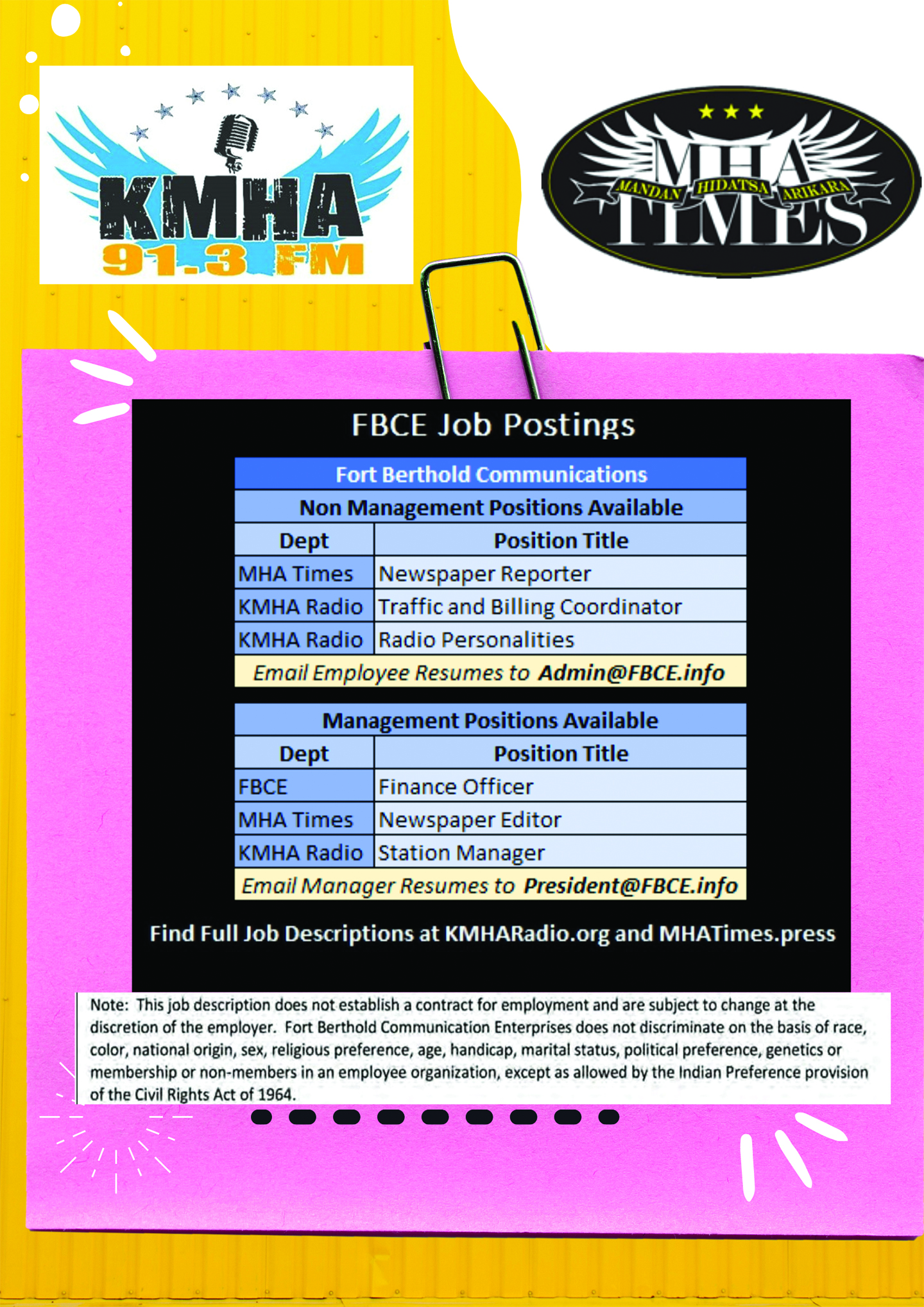MBy: Larry Zieman There is an excited buzz among the star-gazing community, as well as many devout Christians, on Ft. Berthold Reservation this Holiday Season. And it’s not about the latest “must have” toy for the kids, or the best kitchen gadget to get for those hard to shop for people on your Christmas List....
Menu



